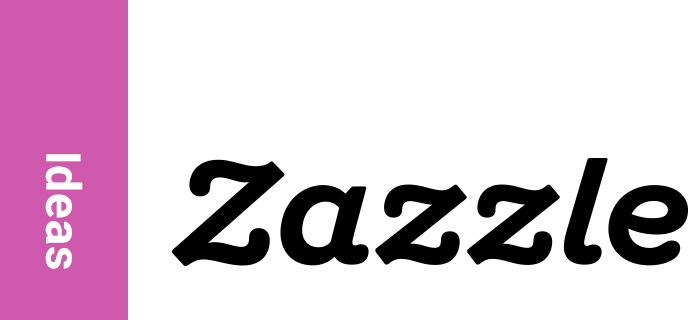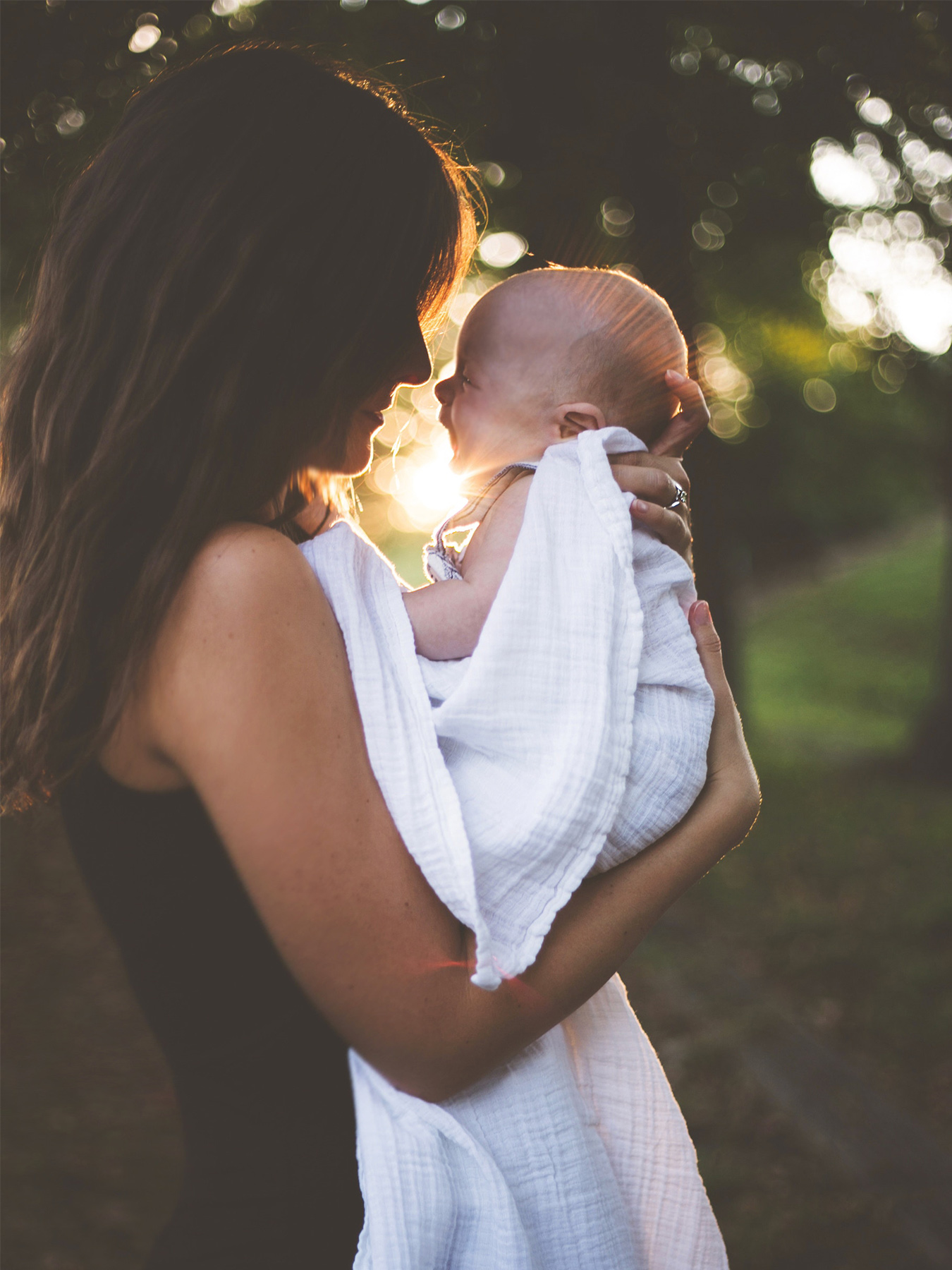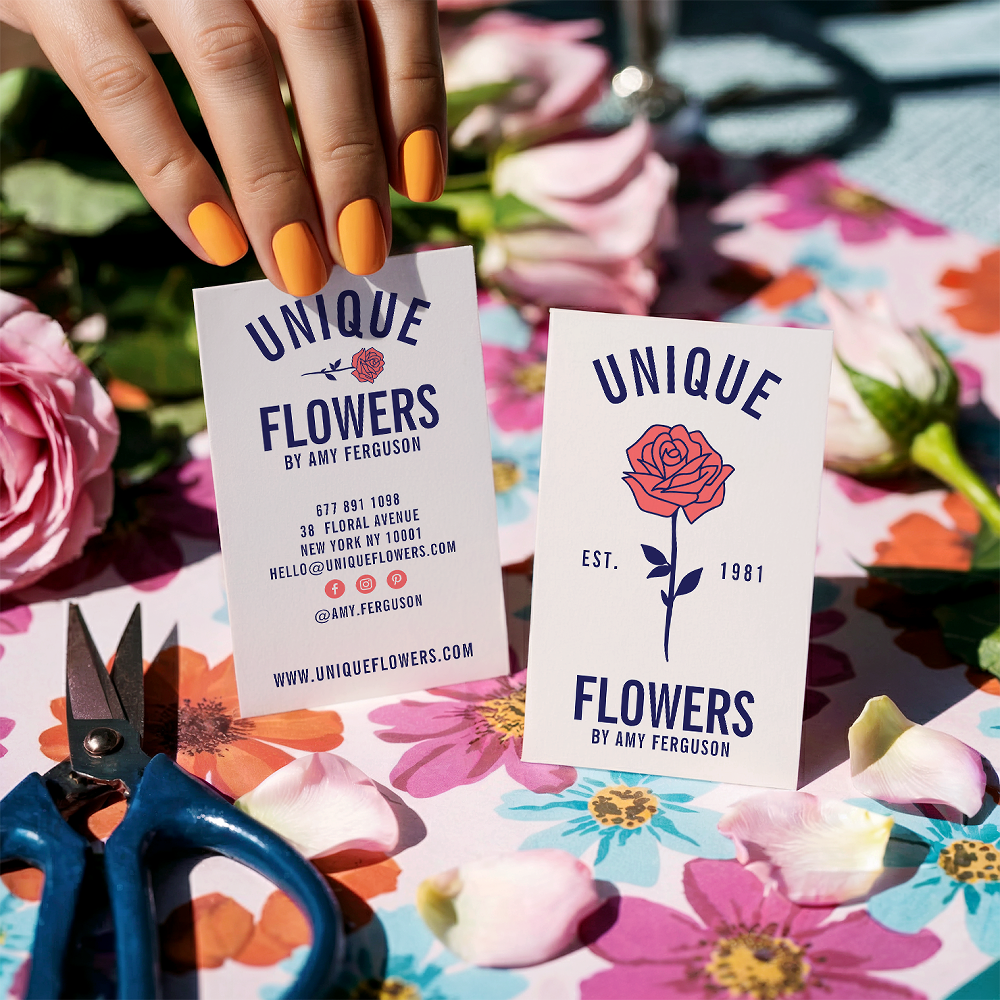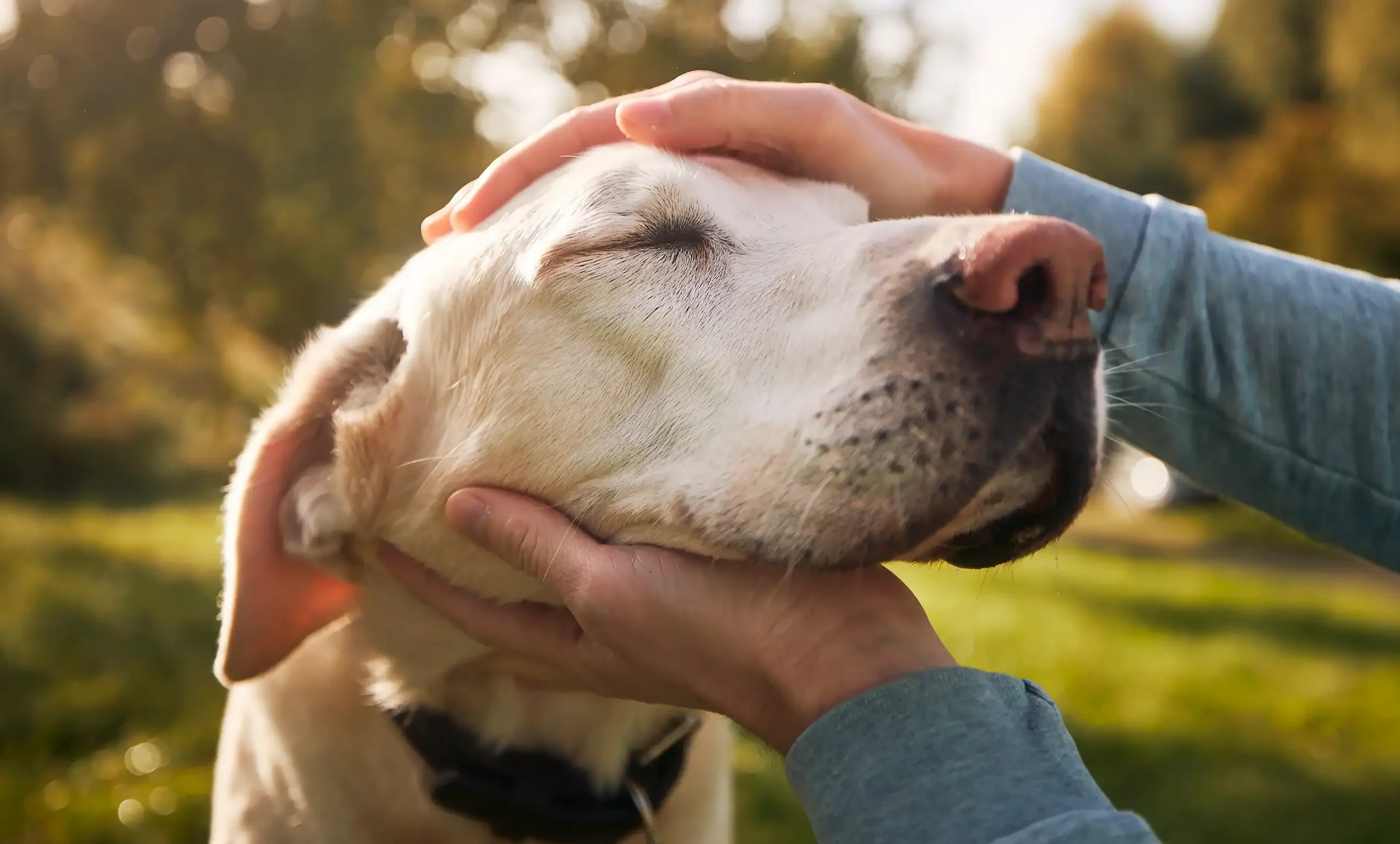Watching your baby grow is both awe-inspiring and emotional. It’s an experience unlike any other to witness your little one develop the life skills that will be with them forever. The first few months of life move swiftly, and your child will enjoy many new motor, social, and communicative experiences during that time.
Because all children are different, however, you can’t attach these achievements to any specific timeline. Development takes its own course, and one baby’s experience won’t necessarily mirror others. Many baby development milestones occur at a relatively similar age, but there is typically a range associated with each achievement. Your little one may take several months to learn how to walk, for example, but one might start at 10 months and another at 15 months.
There’s no doubt that each milestone signifies growth, and each one is worth noting and celebrating. A cute milestone baby blanket honors each month of baby’s first year and provides Mom and Dad with a special way to commemorate this formative and incredibly important period. Here’s just a bit about what you can expect as your baby grows.
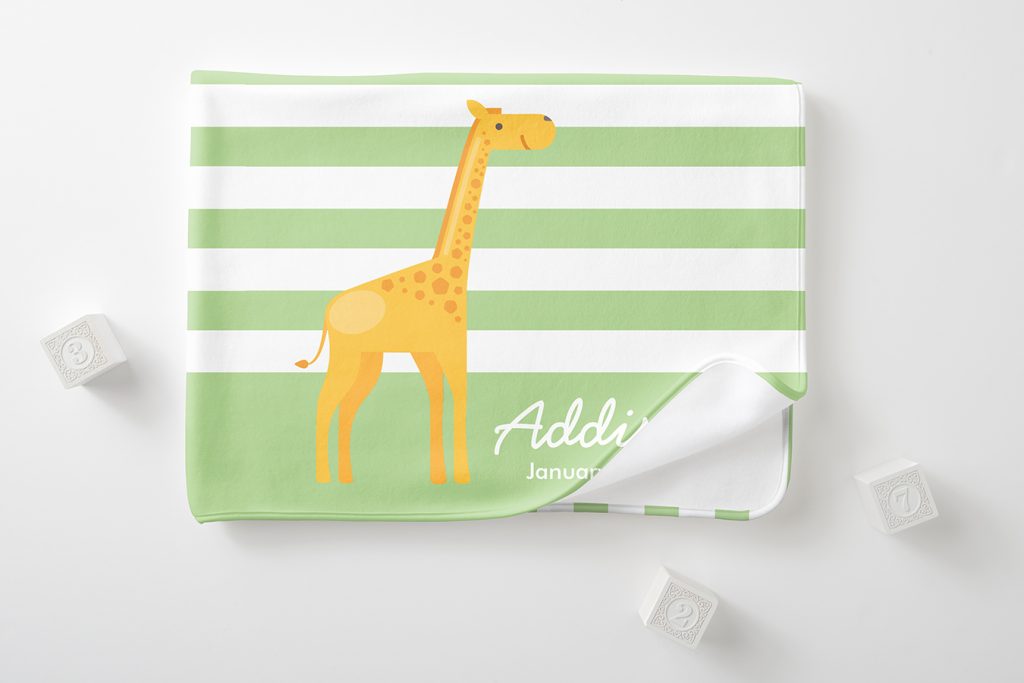
Major Baby Developmental Milestones 1–3 Months
The first four weeks of your baby’s life involve reflexive behaviors for the most part. His movements are not so much thoughtfully responsive as they are mechanical. One of the most notable actions is mouthing, or sucking and swallowing a finger or a pacifier in anticipation of a nipple or a bottle. His hands are likely balled up into tight fists, and when placed on his stomach, he will elevate his head slightly. Baby isn’t looking too far into the distance right now; approximately a foot away is his focus, and he will gaze seriously at people and objects. He may also respond accordingly if he hears a noise, either by looking afraid, moving abruptly, or breathing rapidly. Over the coming weeks, he’ll learn to recognize his parents’ voices.
Time also broadens baby’s view of his surrounding world. Whereas he prefers black and white hues during the earliest weeks of his life, he’s more keen to look at vibrant shades during his second and third months. He may smile and make positive sounds in response to Mom and Dad, who now look very familiar. By about three months, neck muscles have strengthened enough that baby can now lift his head and chest when placed on his belly. He’ll also kick and stretch when on his back, clench and unclench his fists, grow more cognizant of his surroundings, and start to babble frequently.
4–7 Months
Now that they have a grasp of what’s going on around them, are moving more frequently, and are more engaged with their environment, babies start to develop control over their behaviors. No longer are movements simply reflexive; they move into the explorative and communicative phase and show signs of curiosity far more often. They’ll touch and taste toys, for example, before they start playing. They may kick and scream to show displeasure when they miss Mom and Dad, want to do something different, or feel hungry.
The body grows definitively stronger at this age. Baby will arch his back as he pushes his body up on his arms. Eventually, he will roll over with ease and might be able to sit up straight without too much support. This is also the period during which your little one discovers the wonders of his feet and toes. He’s likely to grab for them often or simply stare with curiosity. Because babies have a greater focus now, they’re likely to zero in on objects with patterns or unusual shapes that catch their eye. They may be fascinated by their own reflection too.
8–12 Months
It’s during these months that baby learns how to crawl. All of the previous movements — rolling, sitting, and raising — prepare your little one’s body for the more aggressive behavior of maneuvering on all fours. This is a critical part of his development because it increases mobility, and you can expect far more activity during this time. It’s a good idea to baby-proof your home as much as possible because your little one is likely to be on the move for good!
This is also a period of great discovery. Now baby isn’t just grasping and licking a toy — he is throwing it or banging it to see what happens next. He may be particularly enthralled by toys that feature complex parts, such as spinning wheels and moving dolls. One of the most exciting parts of this formative developmental stage is baby’s newfound grasp of language.
What was once a collection of barely discernible noises progresses to more notable sounds that sound like real words. They may try to copy what you say in their own way, and you can usually expect to hear them say “mama” or “dada” by the time they reach the one-year mark. Words take on meaning, and emotions become more significant. For example, your little one might feel anxious and cry when you leave the room at night or when a stranger greets them.

Zazzle’s Lifestyle Expert is here to help create life’s best & most important moments. Discover unique ideas and endless inspiration to create meaningful memories with family, friends and your community.
